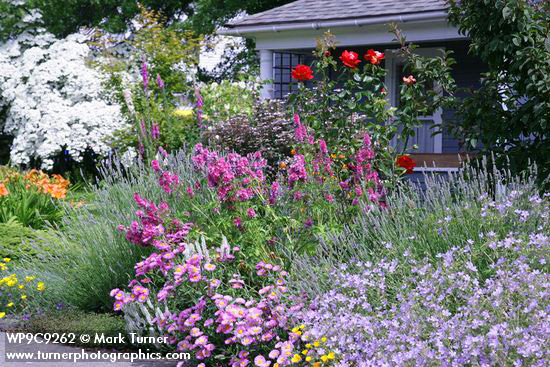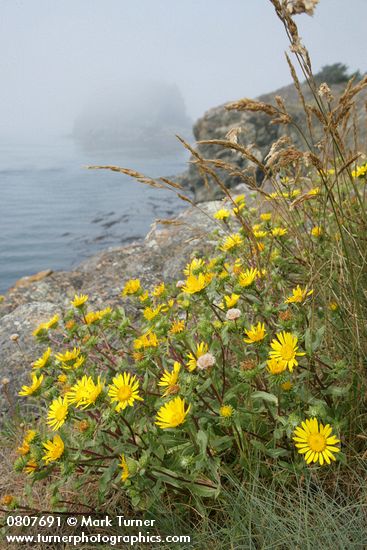Six Days and Sixty Gardens
The last week has been a whirlwind of garden touring. While I may not have visited a full sixty gardens there sure were a lot.

I started last Thursday with an afternoon in Vancouver’s Queen Elizabeth Park where the lush tapestry of annuals and a modicum of perennials were in their late summer glory. The photo here is of gloriosa daisies with sweet potato vine, shot with my 90mm tilt-shift lens cranked over for a selective focus effect rather than to keep the entire subject sharp. The soft overcast light was very welcome.
On Friday I headed down to Portland, Oregon for the annual Garden Writers Association annual symposium. Saturday we toured several northeast Portland gardens. David Perry and I photographed each other photographing the gardens for the intro slide show to our Sunday morning presentation on making magic with your point & shoot camera. It was a lot of fun working quickly and hand-held. David and I shot some of the same subjects, but saw them completely differently. We each got lots of pats on the back for our program and we saw people putting our suggestions to use when we headed out for the afternoon’s tour.
Sunday afternoon we visited Iseli Nursery and Terra Nova Nurseries, both wholesale growers with well-designed display gardens and fantastic plants. The rain held off until we got back on the bus. Isley specializes in dwarf conifers and Japanese Maples; Terra Nova is best known for introducing exciting Heucheras and other perennials to the marketplace.
 Monday our busses took us to the Portland Classical Chinese Garden, the Portland Japanese Garden, the International Rose Test Garden, and the Oregon Zoo where we had dinner. Tuesday we went to several private gardens in Eugene. This morning I went back to the rose garden to make some specimen photos and worked until the wind picked up and I decided I needed to start north to get through Seattle before the traffic got too bad.
Monday our busses took us to the Portland Classical Chinese Garden, the Portland Japanese Garden, the International Rose Test Garden, and the Oregon Zoo where we had dinner. Tuesday we went to several private gardens in Eugene. This morning I went back to the rose garden to make some specimen photos and worked until the wind picked up and I decided I needed to start north to get through Seattle before the traffic got too bad.


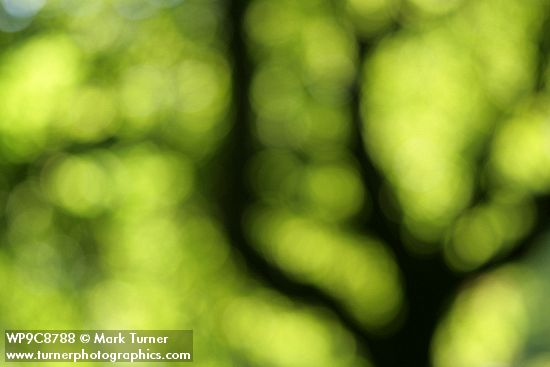
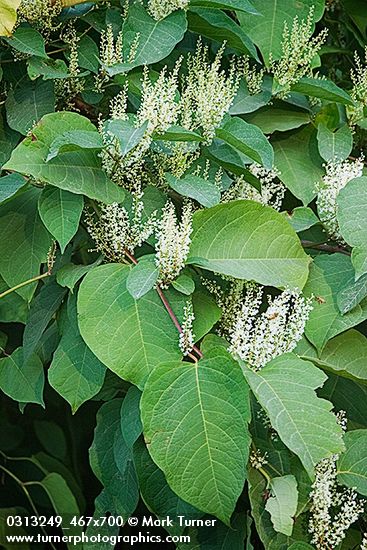 Right now the showiest plant in bloom is one of our nasty invasive weeds, Japanese Knotweed (Polygonum cuspidatum). There’s some question about the taxonomy, so what we have may well be Bohemian Knotweed (Polygonum × bohemicum), a hybrid species. Regardless, it’s a tall showy plant with drooping panicles of white flowers that forms large masses at the side of the road. It prefers moist places like ditches and streambanks and spreads by underground rhizomes. It’s very difficult to eradicate as any tiny bit of root will start a new plant and spraying common herbicides seem to only slow it down. The preferred method of attack is to inject herbicide directly into the stems, which is very labor intensive.
Right now the showiest plant in bloom is one of our nasty invasive weeds, Japanese Knotweed (Polygonum cuspidatum). There’s some question about the taxonomy, so what we have may well be Bohemian Knotweed (Polygonum × bohemicum), a hybrid species. Regardless, it’s a tall showy plant with drooping panicles of white flowers that forms large masses at the side of the road. It prefers moist places like ditches and streambanks and spreads by underground rhizomes. It’s very difficult to eradicate as any tiny bit of root will start a new plant and spraying common herbicides seem to only slow it down. The preferred method of attack is to inject herbicide directly into the stems, which is very labor intensive.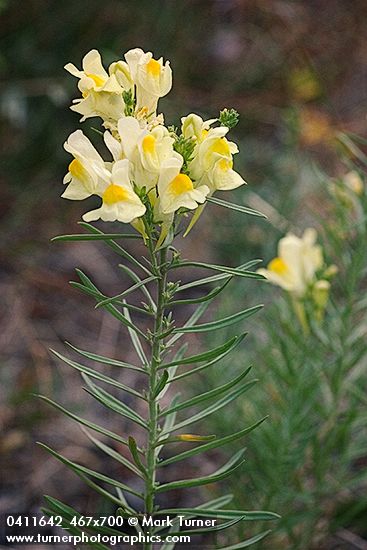 Another pretty roadside weed, not nearly as widespread around here, is Common Toadflax (Linaria vulgaris). It’s only a foot or so tall and covered with attractive yellow flowers. I saw a patch of it along Slater Road near the railroad tracks yesterday. It’s not on the Washington noxious weed list, but its cousin Dalmatian Toadflax is.
Another pretty roadside weed, not nearly as widespread around here, is Common Toadflax (Linaria vulgaris). It’s only a foot or so tall and covered with attractive yellow flowers. I saw a patch of it along Slater Road near the railroad tracks yesterday. It’s not on the Washington noxious weed list, but its cousin Dalmatian Toadflax is.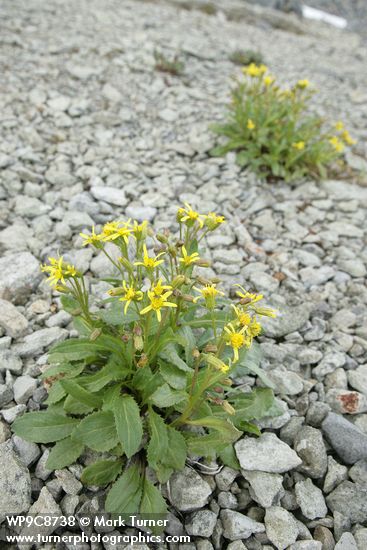 The farther out the trail I went the cloudier it got, so mountain vistas were out of the question. I crossed a few short snow patches without taking my ice axe off my pack. Then rounding a corner in the rather barren rocky and gravelly alpine habitat I spied several clumps of bright golden flowers at my feet. I could tell at a glance that they were Senecio, but I didn’t recognize the species. I pulled out my plant list for the trail and the one book I carried, Mountain Plants of the Pacific Northwest by Ron Taylor and George Douglas, and turned to the ragworts. There was my plant, Senecio elmeri, which was new to me.
The farther out the trail I went the cloudier it got, so mountain vistas were out of the question. I crossed a few short snow patches without taking my ice axe off my pack. Then rounding a corner in the rather barren rocky and gravelly alpine habitat I spied several clumps of bright golden flowers at my feet. I could tell at a glance that they were Senecio, but I didn’t recognize the species. I pulled out my plant list for the trail and the one book I carried, Mountain Plants of the Pacific Northwest by Ron Taylor and George Douglas, and turned to the ragworts. There was my plant, Senecio elmeri, which was new to me. Colors on the opposite side of the color wheel make great contrasting combinations, like this Mountain Arnica (Arnica latifolia) blossom set against Broadleaf Lupine (Lupinus latifolius). This pair also shows a contrast between the radially symmetrical ray flowers of the Arnica and the pea flowers of the Lupine. Spiky vs. rounded. Sharp foreground vs. soft-focus background.
Colors on the opposite side of the color wheel make great contrasting combinations, like this Mountain Arnica (Arnica latifolia) blossom set against Broadleaf Lupine (Lupinus latifolius). This pair also shows a contrast between the radially symmetrical ray flowers of the Arnica and the pea flowers of the Lupine. Spiky vs. rounded. Sharp foreground vs. soft-focus background.
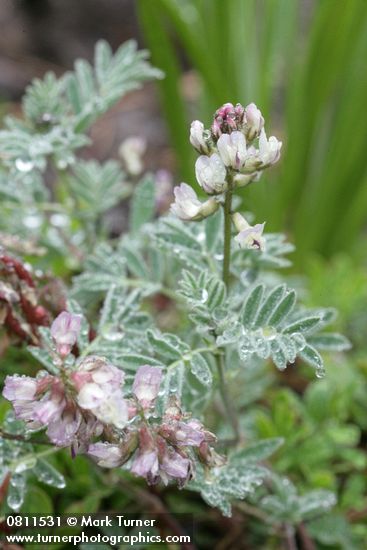 Those of us who live on the wet west side of the Cascades learned quickly that if we stay home because it’s raining we’ll never get out and do anything. That doesn’t mean it’s more fun to go out in the rain, just that it’s a fact of life. The hike to Mount Townsend was a Botany Washington field trip to see the diverse alpine flora, including the rare and endemic Olympic Milkvetch (Astragalus cottonii). We found it before the rain started, but glistening with dew drops from the cloud that enveloped us. This was the first time I’d seen this species in bloom, although I’d seen its very showy inflated seedpods a few years ago on another Olympic hike.
Those of us who live on the wet west side of the Cascades learned quickly that if we stay home because it’s raining we’ll never get out and do anything. That doesn’t mean it’s more fun to go out in the rain, just that it’s a fact of life. The hike to Mount Townsend was a Botany Washington field trip to see the diverse alpine flora, including the rare and endemic Olympic Milkvetch (Astragalus cottonii). We found it before the rain started, but glistening with dew drops from the cloud that enveloped us. This was the first time I’d seen this species in bloom, although I’d seen its very showy inflated seedpods a few years ago on another Olympic hike. There are some things that the little camera does very well and others that are more challenging. This shot, of Fairy Wands seeds, is one of those things that’s more difficult to do with a pocket camera for a couple of reasons. First, it focuses closest at the widest setting of the zoom lens. Second, the sensor is pretty small. Both factors generally lead to great depth of field so blurring the background is hard to do.
There are some things that the little camera does very well and others that are more challenging. This shot, of Fairy Wands seeds, is one of those things that’s more difficult to do with a pocket camera for a couple of reasons. First, it focuses closest at the widest setting of the zoom lens. Second, the sensor is pretty small. Both factors generally lead to great depth of field so blurring the background is hard to do.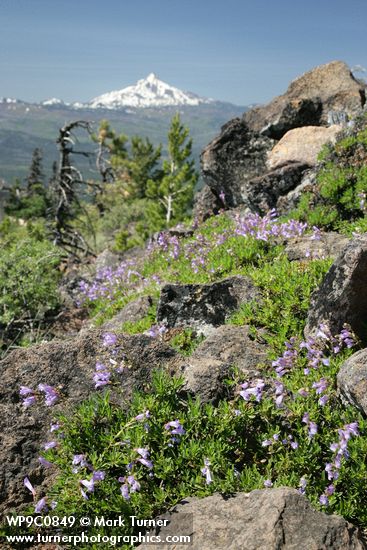 I spent the last week, from July 7 to 14, photographing gardens in Bend, Oregon and wildflowers in the Western Cascades. It was a very productive 8 days with repeat visits to some gardens I’d photographed last August and several new gardens that I’d been told about since then. On the days I was shooting gardens I started work at 5:30 am to take advantage of the soft early morning light before the sun rose above the trees. I took a mid-day break for breakfast and scouting locations, and then worked from about 5:30 pm until nearly dark. After returning to the place I was staying I had to copy all the day’s work over to my computer and back it up, so I didn’t get to bed until after 11 pm most days. That made for very long work days.
I spent the last week, from July 7 to 14, photographing gardens in Bend, Oregon and wildflowers in the Western Cascades. It was a very productive 8 days with repeat visits to some gardens I’d photographed last August and several new gardens that I’d been told about since then. On the days I was shooting gardens I started work at 5:30 am to take advantage of the soft early morning light before the sun rose above the trees. I took a mid-day break for breakfast and scouting locations, and then worked from about 5:30 pm until nearly dark. After returning to the place I was staying I had to copy all the day’s work over to my computer and back it up, so I didn’t get to bed until after 11 pm most days. That made for very long work days.